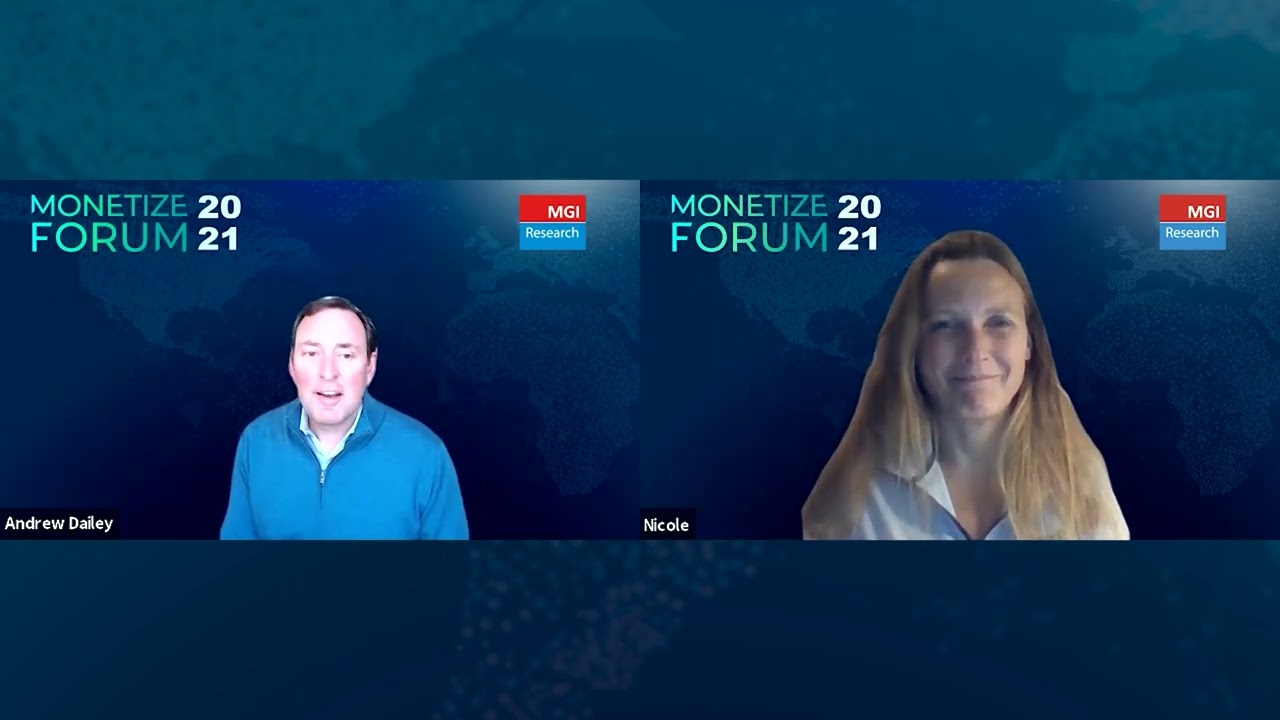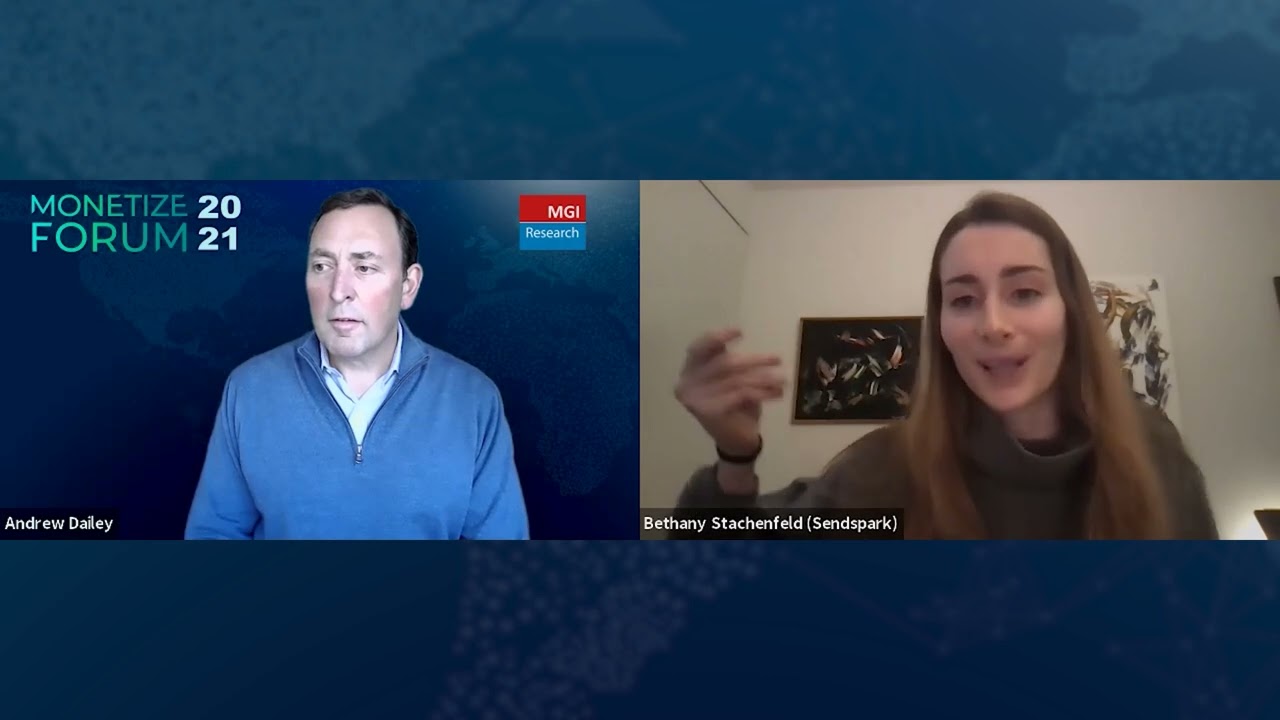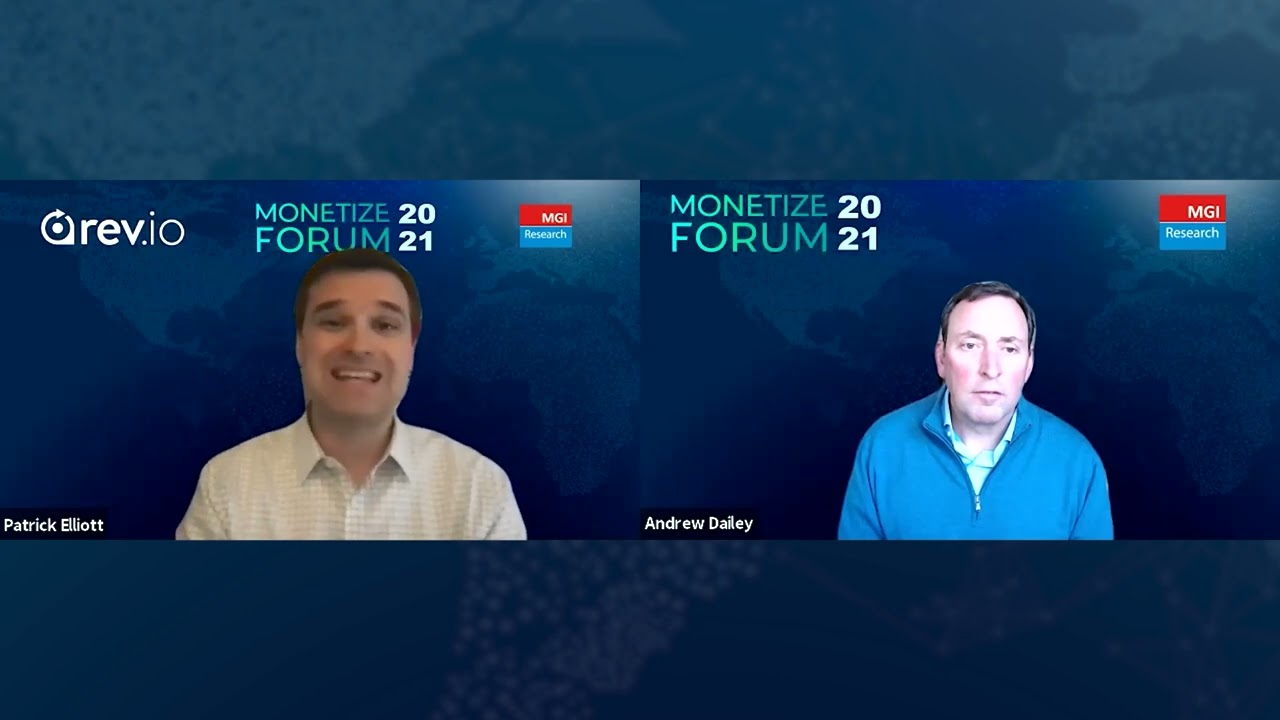Subscription and usage-based business models are rapidly gaining in popularity. While these models have their inherent challenges, there are particular hurdles for established companies that are now trying to transform into as-a-service businesses. Much of the difficulty stems from maintaining a potentially large base of legacy contracts while simultaneously introducing new and complex profiles. We invited two veterans of this field to speak with MGI Research analyst Andrew Dailey at the 2021 Monetize Forum. Heikki Hirvensalo, Senior Consultant at Good Sign Solutions, and Paul Vemer, Founder of PossibilIT, spoke from their experience about what to expect from the transformation process and how integrating a solution to digitalize the financial aspects of contracts results in valuable clarity and visibility for the finance office.
Key Issues
What challenges lie in transforming established businesses into as-a-service companies?
What tactics can resolve leakage from existing manual processes?
How can automation and configurability be balanced in contract profiles?
Guest Profiles
Heikki is a Senior Consultant at Good Sign Solutions. He holds a master’s degree in Industrial Engineering & Management and has over 15 years of experience in service business and IT.
Paul is the Founder of PossibilIT and an entrepreneur with a demonstrated history of work in the information technology and services industry. His skill areas include coaching, e-commerce, CRM, sales management, and management.
Andrew Dailey
Hello and welcome, everyone. I’m Andrew Dailey of MGI Research, and this session is “Giving CFOs Full Transparency into Customer Contracts.” I’m joined by two great experts and panelists from across the world, Heikki Hirvensalo and Paul Vemer. Heikki is a Senior Consultant at Good Sign Solutions, a pricing, billing, and monetization platform company based in Helsinki. Paul is the founder of PossibilIT, which is now part of 4NG and a partner of Good Sign. I must say that Paul is one of the most experienced systems integrators and consultants when it comes to complex monetization projects in Europe. We’re very delighted to have both of you here.
In this conversation, we’re going to talk about what’s involved in transforming an established business and moving it into an as-a-service business model. Then, as the title implies, we’ll discuss what it really takes to get visibility into customer contracts from a CFO’s point of view. Heikki, let’s start with you. From the Good Sign point of view, what does it take first? In terms of working with an established business, what are some of the unique challenges to move that into an as-a-service business?
Heikki Hirvensalo
Well, first of all, we believe that this transformation of businesses into as-a-service businesses is a megatrend. We see both subscriptions and different types of pay-per-use services growing rapidly at the moment in many industries. However, as you said, there are challenges, and transforming a company that has already gained some ground into a successful and scalable as-a-service business is not as easy as it might sound. Based on our experience, the main challenges that companies struggle with are related to implementing a contract-to-cash process that can handle both legacy contracts and some more modern and complex monetization models. That’s what we’ve found to be the biggest challenge.
Andrew Dailey
Paul, you’ve worked with some of the really large European brands. What are some of the experiences you’ve had? What are some of the lessons you would share?
Paul Vemer
Well, I agree with Heikki. It’s challenging to implement a new system, mainly because, while I’m not so worried about the technology and think most of the time that’s only a minor issue, the change that people have to go through because they’re not used to selling services on a subscription basis is significant. So, we’re looking at the contracts from a bit of a higher vantage point, looking at what you really, really need, what’s currently in place, and what we have to get into the system. Later on, we have to talk to the customer about their future services and what they want to offer. These are the two main requirements for the transformation. I would say it’s challenging, but it’s also the fun part because we’re helping the customer.
Andrew Dailey
Let’s drill down and get a little more specific. What are some of those challenges when you get into pricing and billing exceptions? What are some of the things you see?
Paul Vemer
Well, the hard thing is to decide what kind of specific pricing and billing expectations they have. We’ve been talking to a customer lately that wants to have direct connections with the devices. In this case, the specific advantages of Good Sign are clear because this customer isn’t only selling on a monthly basis; they want to add usage as well. Most of the time, you want to start off with a base fee because, if you’re providing the services, you need at least some commitment from the client. These three things in combination together are the most challenging part of the implementation to get sorted, and sometimes, you need to have the customer simplify some of their products and how they offer them to their customers.
Andrew Dailey
Yes, it sounds like the real challenge is that you have to take the existing set of contracts, relationships, and pricing models and then add any kind of new model as well—going through the change management that’s involved around that. Heikki, do you want to add to that at all? What do you guys see?
Heikki Hirvensalo
We have similar observations to what Paul just said. Our customers, for example, typically get into a situation where they have quite a wide range of service contract terms. If they already have a large contract base and a lot of legacy contracts, they naturally have more customer-specific pricing, logics, invoicing terms, et cetera. So, I agree with Paul that it’s typical for customers to want to start small, but at the end of the day, they often have quite a wide range of different types of services and these customer specifics. Those are the exceptions that really make it challenging for them to manage the pricing, manage the billing, and meet the requirements in their current state. That’s what we see as the notorious part here—the exceptions. Additionally, though, we also see a rising demand for the ability to quickly experiment with and try out some new pricing models or earning logics with relation to, for example, new business initiatives. That kind of flexibility is also something that our customers are asking for and requiring more and more.
Therefore, I believe that if established companies truly want to transform into successful as-a-service businesses, they need a solution that can capture and digitalize the entire spectrum of their earning logics. In that way, it can support their existing business today and the future models tomorrow, including those necessary exceptions that they have. I do agree with Paul, though, that companies need to be bold and brave enough to draw the line somewhere. It’s always easier to scale if you have a harmonized offering.
Andrew Dailey
You’ve talked about some of the exceptions, and at MGI, we talk about moving from physical products to selling things as a service. One of those exceptions that often gets overlooked is professional services and services contracts of all types. Paul, I know you have experience with helping people not just on their physical or digital goods, but also with their services contracts specifically—any thoughts around those?
Paul Vemer
It starts because they want to make changes and introduce new services to their customers, so they keep them in different systems—like Excel, their CRM, and then their ERP. But then, they get stuck at the moment when it gets a little bit successful. So normally, when we come in, this is the headache they have, and we have to help them sort things out again and restructure.
The positive part, when you look at a system like Good Sign’s, is it’s organized in the same manner. So, you have to drill your customer in this direction a little bit to put a blueprint on the products they have, so we’re able to copy that later on and apply it to other products as well. It normally takes some guidance and discussion before we get this change sorted, but at the end of the day, we get the thing going because they see the advantages and that things are operating really automatically. For the customer to come online, it takes wanting to change their current subscriptions, expanding, and transforming. Billing easily follows that part.
Andrew Dailey
In these projects, there’s always this desire to automate everything, but that’s very difficult because, in the current environment, there are often a lot of semi-manual process—there’s a lot of Excel, as you mentioned, and spreadsheets. As a result, there’s this revenue leakage that occurs naturally because of those semi-manual or manual processes. Heikki, how do you guys deal with that? How do you pick up those pieces of revenue leakage that needed to be automated, addressed, and plugged?
Heikki Hirvensalo
At Good Sign, our approach for tackling this—what I call a paradox of simultaneous scalability and flexibility—is that we have developed so-called “contract-line profiles” in our software. We offer both ready-made, out-of-the-box contract-line profiles as well as custom profiles. The basic idea behind this is that our customers get a turnkey solution that responds to the most typical service pricing and billing requirements through the ready-made contract-line profiles while we still offer the custom profiles that enable basically unlimited configurability to respond to the more complex and unique earning logics that our customers have.
We’re not tying them into a standard, out-of-the-box data model. We complement that with these custom profiles which are more configurable, and basically, like I said, they allow any type of business logics to be automated when it comes to pricing and billing. This is what we have quite recently developed, and with this approach, we believe we can provide a solution to both the 80 and 20 if we use that common 80-20 rule as a benchmark or reference here. I’m personally a huge fan of this contract-line profile approach that we have taken, and I’m happy to see that it’s a very welcome development for our customers as well. It makes a world of difference for them in how easy it is to manage what we could call the more traditional recurring service business and pricing models with ready-made profiles while also implementing these custom contract-line profiles where needed.
Andrew Dailey
Yes, I’m glad you mentioned that because, for a lot of companies, it’s that 20% of agreements where all the profit and the most important customer relationships are, and it’s always a challenge when you go through these exercises to provide the CFO with the right level of visibility into those very specific agreements—and that’s where the money is, right? Paul, what do you see in terms of trying to automate the 80% while making sure that you get the visibility and automation around that other 20% where the margin is in your business?
Paul Vemer
Yes, you mentioned the leakage, and I’m a strong believer that hooking up the CRM with the billing part is getting much of this leakage out of the way. During the negotiations, we have products on top of CRM, like CPQ. It’s always a human business where you talk with the customer, and there’s just a little bit of discount added, and then this gets discussed one-on-one, but it’s difficult to put it into a system. I frankly believe when you push your whole product portfolio via CRM (pre-configured like Heikki mentioned) as an anchor towards your customer, you avoid this leakage enormously, and you get a lot of benefits. Also, quite frankly, it’s a kind of standardization in your back office, which gets not only CRM but also, from your billing, a better view on turnover and margins. We see a lot to be gained with automation of this part.
There are a handful of examples where people are pushing more and more of the responsibility to their customers handling their subscriptions. It’s letting go of control a little, but, ultimately, the customer decides what’s right for them. So, you have to give them the responsibility to make changes. You have to be very good in what you offer as well. If you don’t provide a good service and a good product, you’ll be in trouble in the near future, but if you get things organized, you can automate 95% of your whole back office business.
Andrew Dailey
Yes, absolutely. We’re almost out of time here, but Heikki, any closing thoughts you want to share?
Heikki Hirvensalo
Well, as a final point, I’ll kind of continue on what Paul said. It’s very important that you really deliver what you’ve sold to the customer and that your invoices are aligned with what you have sold. Some have asked whether Good Sign is an ERP, and our response is that we consider Good Sign a pricing and billing solution that complements and works hand-in-hand with an ERP in addition to integrating with CRM and CPQ. So, I agree with Paul that Good Sign provides a central solution where you basically can digitalize and manage the financial aspects of your service contracts—the services, pricing, customer-specific exceptions, billing schedules, et cetera. At the same time, that provides the visibility to the finance department and transparency to the CFO of the contract financials, business performance, and the single source of truth—underlying usage and other event data details that are then the basis for your service billing.
Andrew Dailey
Great. Well, thank you very much, Heikki and Paul, for taking this time, and I’d welcome everyone to reach you at the Good Sign booth through the networking in the platform. You guys are available and are great resources for talking through a lot of these difficult issues and many others. With that, thanks everyone, and thanks for the session.
Paul Vemer
Thank you very much.
Heikki Hirvensalo
Thank you very much.




